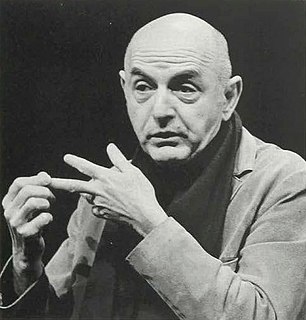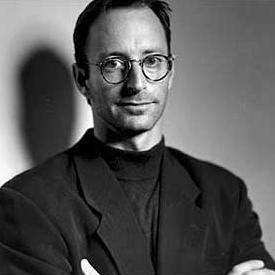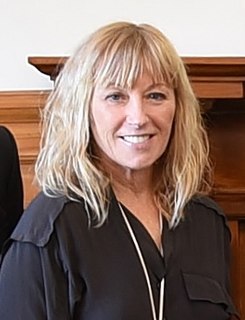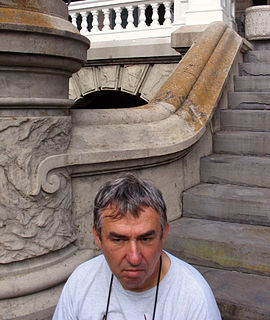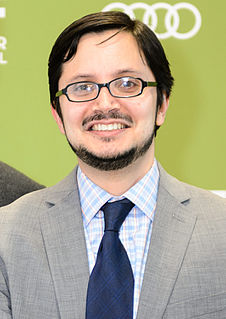A Quote by Duane Michals
I often try to photograph things about a person that are not visible.
Related Quotes
there is this one photograph... that is just beautiful. it would be impossible to describe how beautiful it is, but i’ll try. if you listen to the song “asleep,” and you think about those pretty weather days that make you remember things, and you think about the prettiest eyes you’ve known, and you cry and the person holds you back, then i think you will see the photograph.
Grey. It makes no statement whatever; it evokes neither feelings nor associations: it is really neither visible nor invisible. Its inconspicuousness gives it the capacity to mediate, to make visible, in a positively illusionistic way, like a photograph. It has the capacity that no other colour has, to make 'nothing' visible.
One of the magical things about photography is the transformation that takes place when you photograph something. Something that inherently has very little going for it in terms of the interest you take in it, can become infinitely more interesting when rendered as a photograph. It's no longer a building. It's a photograph.
Photographers usually want to photograph facts and things. But I'm interested in the nature of the thing itself. A photograph of someone sleeping tells me nothing about their dream state; a photograph of a corpse tells me nothing about the nature of death. My work is about my life as an event, and I find myself to be very temporal, transient.
If you photograph for a long time, you get to understand such things as body language. I often do not look at people I photograph, especially afterwards. Also when I want a photo, I become somewhat fearless, and this helps a lot. There will always be someone who objects to being photographed, and when this happens you move on.
Often, as an interviewer, particularly when you're talking to highly visible people, celebrities, and it's known that negative things have happened, they don't want to talk about it, or you have to really work up to it. You have to carefully construct the conversation so that they feel open enough to discuss some of those things with you.
